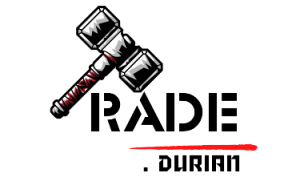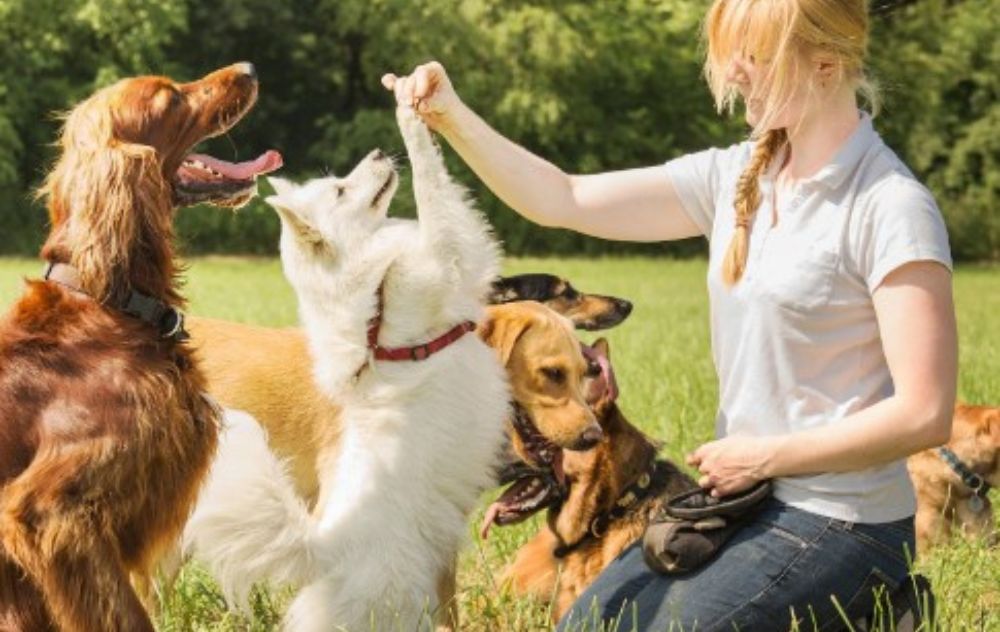Welcoming a new puppy into your home is a joyful and exciting experience. As you embark on this journey of companionship and growth, it’s essential to provide your puppy with a strong foundation of basic training commands.
Teaching these commands not only enhances their behavior but also sets the stage for effective communication and a harmonious relationship. In this guide, we’ll explore the fundamental dog training commands that every puppy should learn, giving them the tools to thrive in your Portland home.
The Importance of Basic Dog Training Commands
Basic training commands are the building blocks of a well-behaved and obedient dog. They establish a common language between you and your puppy, enabling you to communicate your expectations and ensure their safety.
These commands foster positive behaviors, prevent common issues, and create a strong bond between you and your furry friend.
- Sit
“Sit” is one of the most important commands your puppy should learn. It’s a foundation for control and obedience. Teaching your puppy to sit on command helps them remain calm and attentive in various situations.
- Stay
The “Stay” command teaches your puppy to remain in a specific position until given a release cue. This command is crucial for their safety and prevents them from darting into dangerous situations.
- Come (Recall)
The “Come” command, also known as recall, is vital for your puppy’s safety. Teaching them to come when called ensures that they return to you promptly, regardless of the distractions around them.
- Down (Lie Down)
The “Down” command instructs your puppy to lie down. This is useful in situations where you want them to stay still and calm, such as when guests visit or during mealtime.
- Off (No Jumping)
Teaching your puppy the “Off” command prevents them from jumping on people, which is not only a nuisance but can also be intimidating or unsafe, especially for children or elderly individuals.
- Leave It
The “Leave It” command is essential for preventing your puppy from picking up or interacting with harmful or undesirable objects. This command can potentially save their life by stopping them from ingesting something toxic.
- Heel (Walking on Leash)
“Heel” teaches your puppy to walk calmly on a leash without pulling. This command ensures that walks are enjoyable and controlled for both you and your puppy.
- Wait
The “Wait” command teaches your puppy to pause and wait for your cue before proceeding. It’s useful for controlling their movements, such as when getting out of the car or crossing a road.
- Drop It
Similar to “Leave It,” the “Drop It” command instructs your puppy to release an item they have picked up. This is particularly useful for preventing resource guarding and encouraging sharing.
- Quiet
The “Quiet” command helps you manage your puppy’s barking behavior. Teaching them to be quiet on command allows you to address excessive barking and maintain a peaceful environment.
Training Tips for Success
Consistency: Use the same cues and gestures consistently to avoid confusing your puppy.
Positive Reinforcement: Reward desired behaviors with treats, praise, or playtime to create positive associations with the commands.
Short Sessions: Keep training sessions short and engaging to maintain your puppy’s attention and enthusiasm.
Patience: Every puppy learns at their own pace. Be patient and avoid getting frustrated.
Gradual Progression: Once your puppy masters a command, gradually introduce distractions to test their obedience in various situations.
Choosing a Puppy Trainer in Portland
When seeking a puppy trainer in Portland, consider the following:
Puppy-Specific Training: Look for trainers experienced in working with puppies, as their training needs and methods differ from adult dogs.
Positive Methods: Positive reinforcement techniques align with the welcoming and compassionate atmosphere of Portland.
Socialization: A good puppy trainer should emphasize proper socialization to ensure your puppy grows up to be confident and well-adjusted.
Conclusion
Basic dog training commands lay the foundation for a well-behaved, obedient, and happy puppy. By teaching your furry friend these fundamental commands, you’re creating a harmonious living environment and fostering effective communication.
The beautiful city of Portland, with its pet-loving community and picturesque landscapes, provides the perfect backdrop for raising a well-trained puppy. As you embark on this training journey, remember that patience, consistency, and positive reinforcement are the keys to success.
By investing time and effort in your puppy’s training, you’re setting them up for a lifetime of positive behavior and a strong bond with you in your Portland home.




